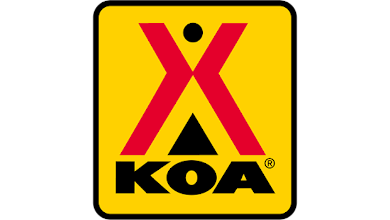The Threat of Chinese Tariffs on the Aftermarket
When President Donald Trump first announced the 10 percent tariff in September 2018, the reaction was far from uniform in the vendor community.
Some vendors reacted with an immediate price increase of 10 percent on Oct. 1. Other vendors worked off existing landed inventory and held price, while some vendors saw it as a chance to have a long-awaited price increase since the 2009 decline in the market vendors – until last year – did not increase prices.
During that time, health care costs went up at least 50 percent and other employee costs increased as well. In 2017, we started to see moderate price increases, but in 2018 that trend continued.
I think the tariff became a way to increase prices with less backlash. Bottomline: the first 10 percent met with mixed reactions in our vendor community. However, when Trump announced the 25 percent tariff on many of the products we sell in the aftermarket, it sent ripples throughout the entire market. Many suppliers realized they had no choice but to increase prices 25 percent.
This happened because many already held the line on the 10 percent tariff increase in September. This sent both distributors and dealers into a “buy now and avoid the increase” mentality.
When Trump first announced the 25 percent tariff, it was supposed to be in play by Jan. 1. Vendors tried to land as many containers as they could before Jan. 1. But since the tariff was not just RV-related, international container ships were already committed, for the most part, and the lead time did not really allow for vendors to do much about the announcement. This meant that vendors just increased prices to account for it.
Distributors have seen the tariff effect implemented in two ways.
Some vendors chose to access a tariff surcharge. In that case, if the tariff had a 25 percent impact on that item, it had a 25 percent surcharge on the price sheet. This method is very similar to a surcharge on the cost of fuel that many vendors carry on their invoices – except this surcharge is at the line item detail. Although harder to implement, it did allow distributors to see the direct impact of the tariff and also gave the distributor some certainty that prices would go down if the tariffs went away.
Other vendors chose to implement across the board price increases. Even though this method is easy to implement downstream, it does add an element of mystery to the price increase.
Just as we began to see a 25 percent increase in many of our Chinese products, President Trump announced early December that he was extending the time to get a trade deal another 90 days.
Vendors, on the other hand, have not reacted to the announcement. What the 90-day truce effectively did was increase Chinese production in January, since the Chinese New Year began Feb. 5. That means that almost nothing will be produced this month.
This 25 percent tariff is so significant it can’t be absorbed, so the truce in the trade war has basically done nothing except prolong the period of uncertainty for suppliers, distributors and dealers.
Fasten your seatbelts. This is going to get interesting.


